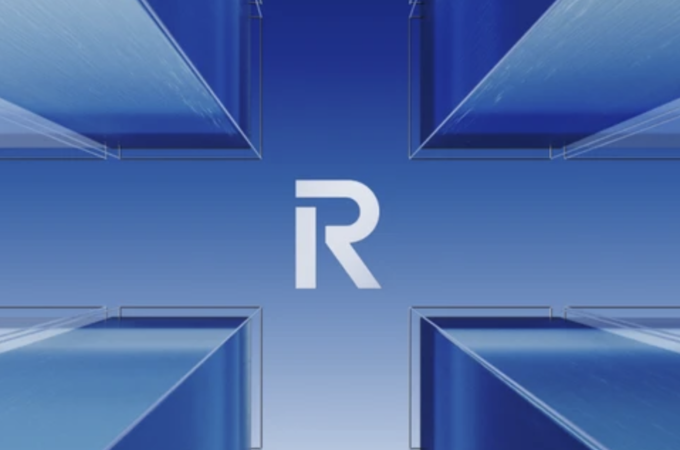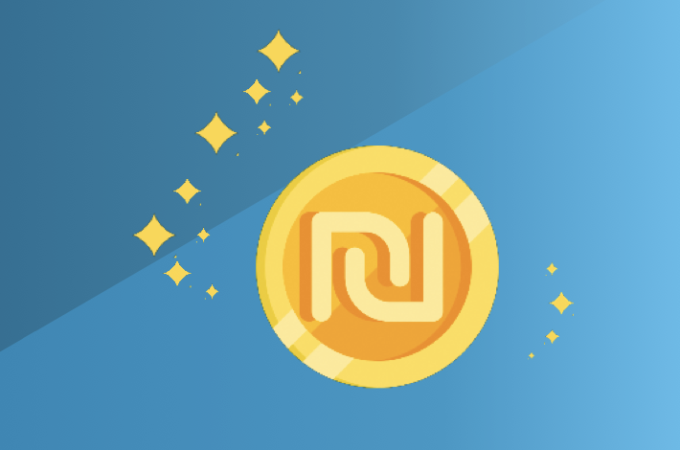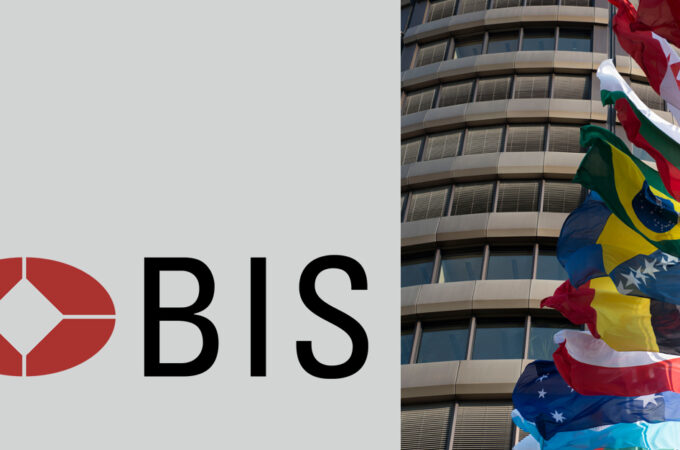
Coronavirus crisis mobile banking surge is a shift that’s likely to stick
via CNBC
Digital banking isn’t new, but with the coronavirus pandemic, young and old Americans suddenly flocked to online and mobile banking en masse. The sudden uptick in online and mobile traffic even created outages. Among those affected: online platforms for U.S. Bank, PNC, Fifth Third Bank, Bank of America, T.D. Bank and BB&T.
According to Fidelity National Information Services (FIS), which works with 50 of the world’s largest banks, there was a 200% jump in new mobile banking registrations in early April, while mobile banking traffic rose 85%. With many branches closed and no tellers available, banks have also been dealing with a significant uptick in call center traffic, creating long wait times.
“What we are seeing are some hiccups related to an increase in demand from Covid-19 across a lot of the industry,” said Brandon Larson, managing director at Novantas, a fintech company that uses big data and machine learning to analyze data about bank customers, deposits and markets.
Much of the demand has been associated with stimulus checks. Americans who checked their balance once a week suddenly started checking a few times a day. Networks are often prepared for two to three times in volume, but businesses run into problems when capacity is pushed to 20 times the usual volume. “It’s forced digital capabilities and capacity. It’s certainly put an increased emphasis on digital banking,” Larson said.
As states lift shelter-in-place orders, bank branches are starting to reopen and see more traffic. But industry watchers say the shift to online is likely to stick. In a recent survey by Novantas, only 40% of respondents said they expect to return to branches post-COVID.
“Once people begin favoring mobile-based account access, there’s no going back. After the current crisis abates and lockdown orders are relaxed, we expect more U.S. consumers than ever before will be using their mobile devices to handle a wide range of their banking and payments needs,” said Maria Schuld, division executive at FIS’s North America banking services group.
Demand for new online services
In the current crisis, banks said they’ve seen a huge uptick not only in account logins but also remote deposits and online account openings. Jamie Warder, head of digital banking at Key Bank, said the bank has been seeing double-digit month-over-month growth in online usage.
“There’s been a migration over time with more happening digitally. In this pandemic, we’ve certainly seen that jump even more,” he said, as people who didn’t want to travel to use an ATM are learning to use mobile deposit, some for the first time.
With customers unable to do things face-to-face, “it forces you as an institution, things that you were relying on that were more analog processes … it has you thinking, What do I need to do to digitize those?” said Warder. One thing the bank is looking to digitize, he said, are home-equity loans. “We don’t have a great way to do those digitally. We know that’s an area we want to build, and this [situation] highlights it a bit,” Warder said.
FIS’s Schuld said there’s also been a surge in interest in solutions that connect customers with a real live bank teller over a secure channel as well as online account creation.
Bank of America said it is simplifying its loan payments process, making it a two-click process. Many banks also scrambled to allow customers to apply for Paycheck Protection Program loans online.
Jillian Williams, investment principal at Anthemis, sees the pandemic’s impact on banking has been twofold. People compulsively checking their banking or brokerage accounts is likely a temporary phenomenon. But longer term, people who started online banking are likely to stick with it. Online accounts that were opened during the crisis to receive stimulus checks will likely stay in use.
Digital banks Chime and Stash both said they saw record signups last month. Chime said they continue to see “some of the highest number of new account openings.”
Novantas’ Larson said the pandemic puts both larger traditional banks and challenger neobanks in an interesting position. “In previous crises, there tends to be a flight to quality,” which usually means larger, established institutions. But the current pandemic has highlighted online capabilities and led many consumers to open accounts with neobanks, which are online only.
Banks are hiring
To keep up with demand, banks are investing more in technology. Vivek Ravinsankar, chief executive and co-founder of HackerRank, which helps companies assess technical skills such as coding, says he’s noted a big increase in hiring in fintech.
“Every one of these tech companies that we talk to that are hiring are actually accelerating. We’ve yet to talk to a large financial tech company with work that’s slowing down.” While technical assessments for hiring in IT, computer software and other areas have decreased, hiring in financial services increased. “I don’t expect this to stop. Maybe at best the rate of growth will slow a little, but I don’t expect this to stop,” he said.
The investment in fintech may well lead to further automation. Schuld said she’s been talking with financial institutions about back-office automation, whether for a new loan, overdraft handling or customer service.





